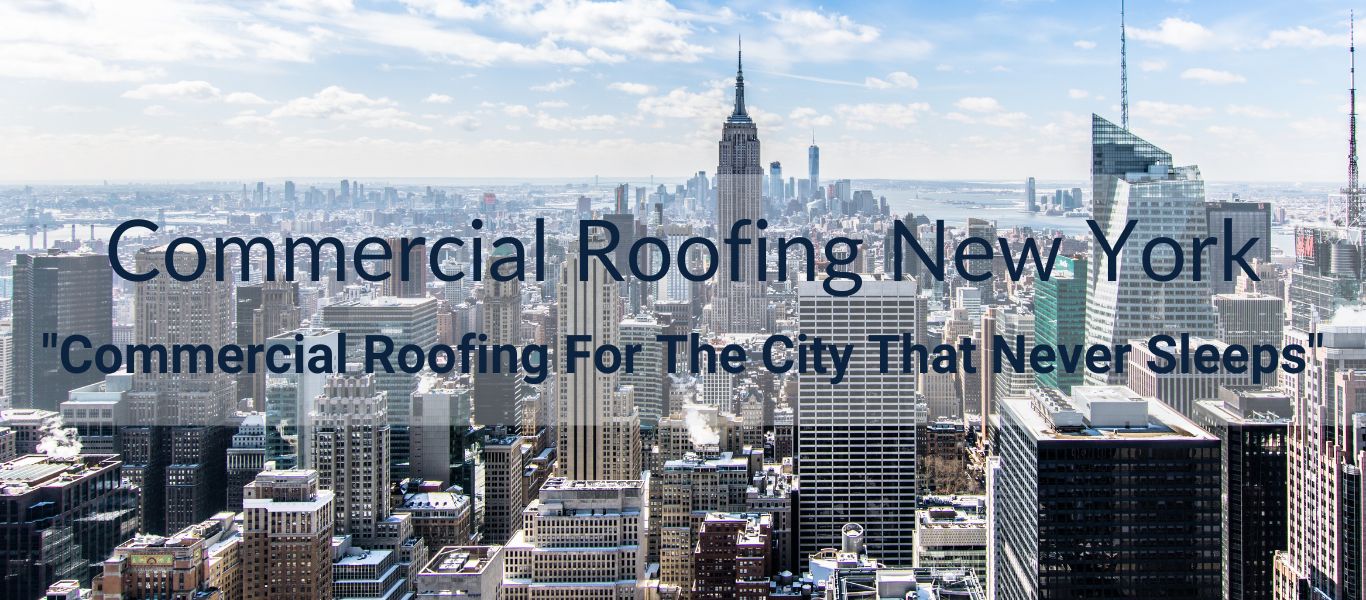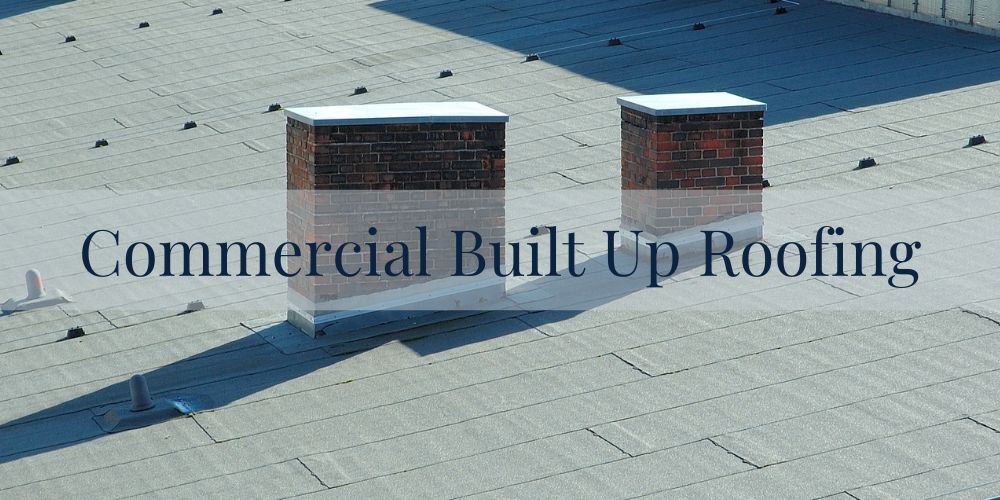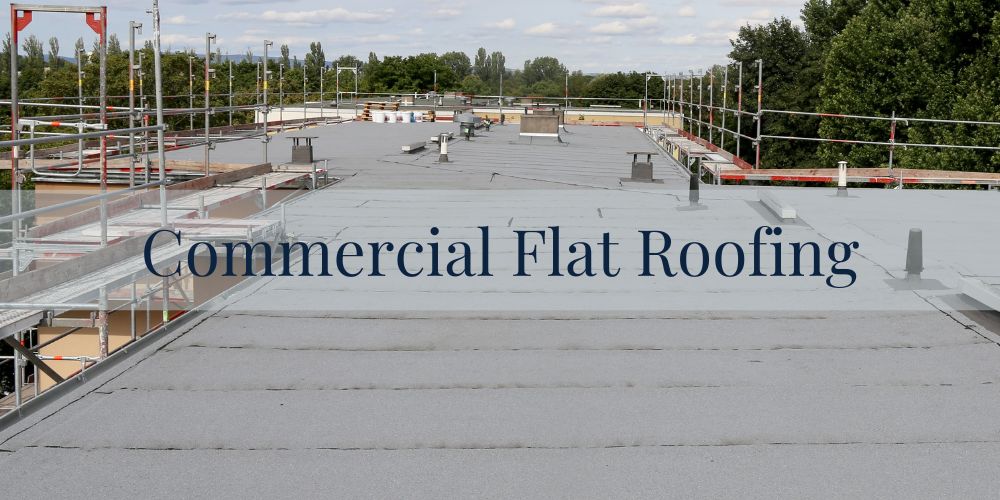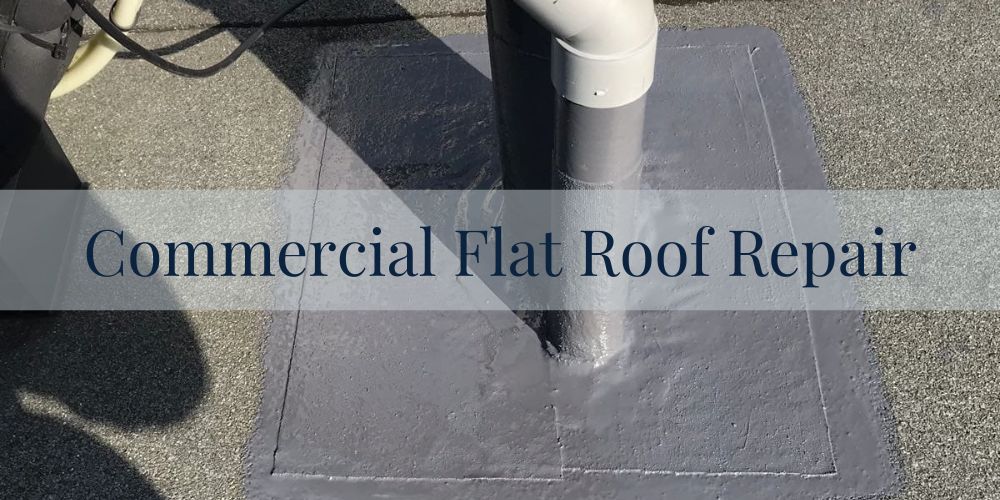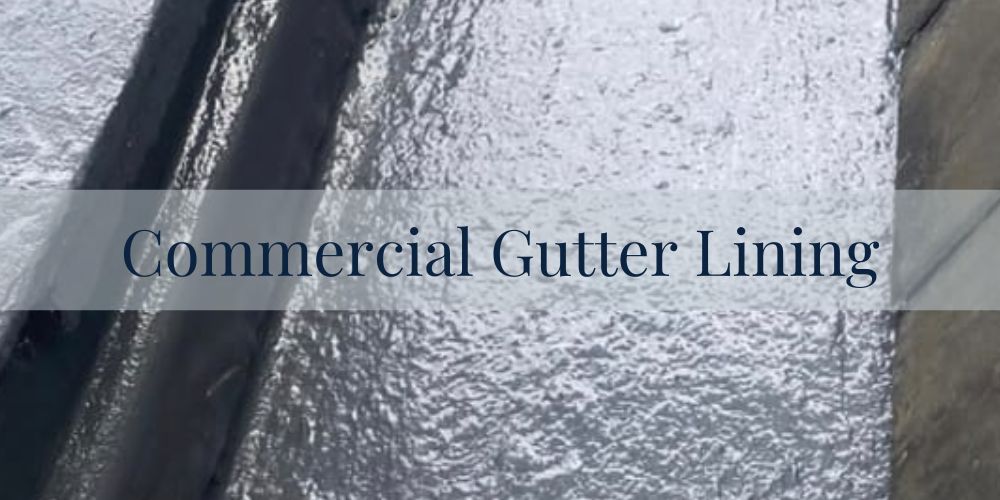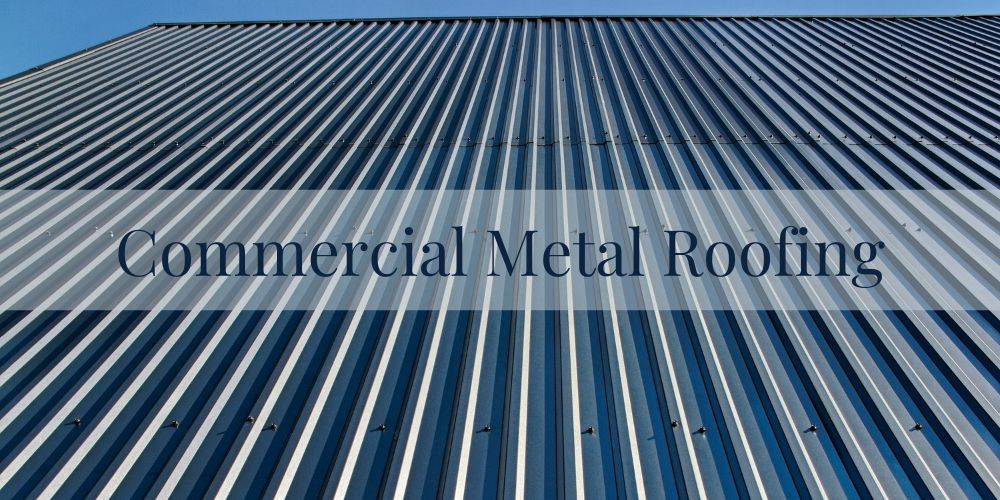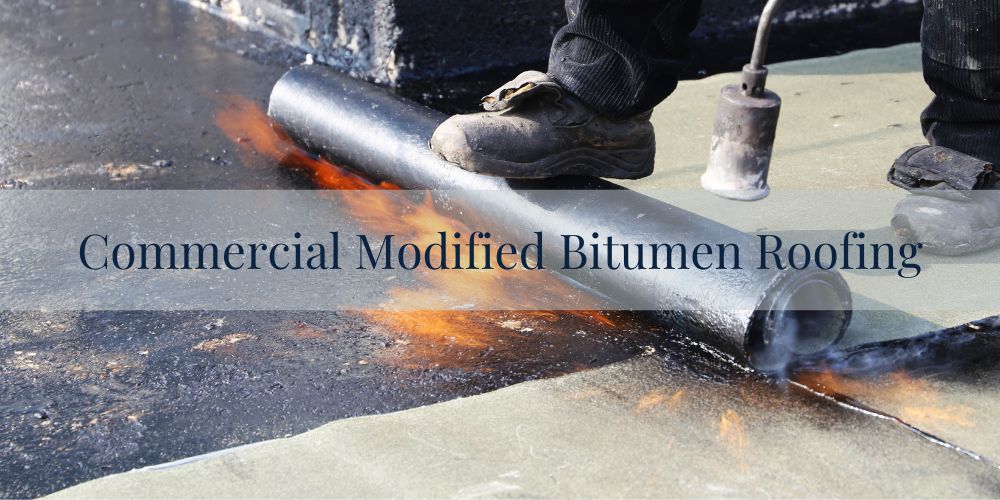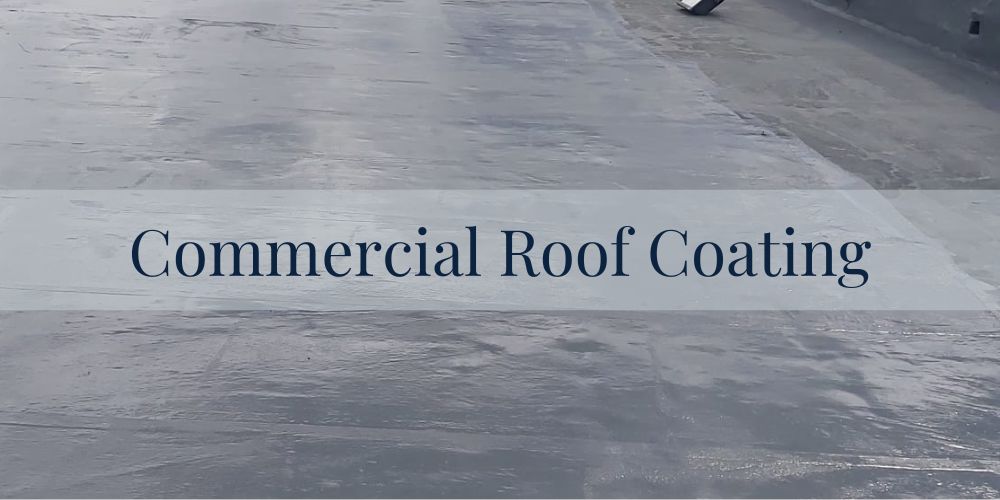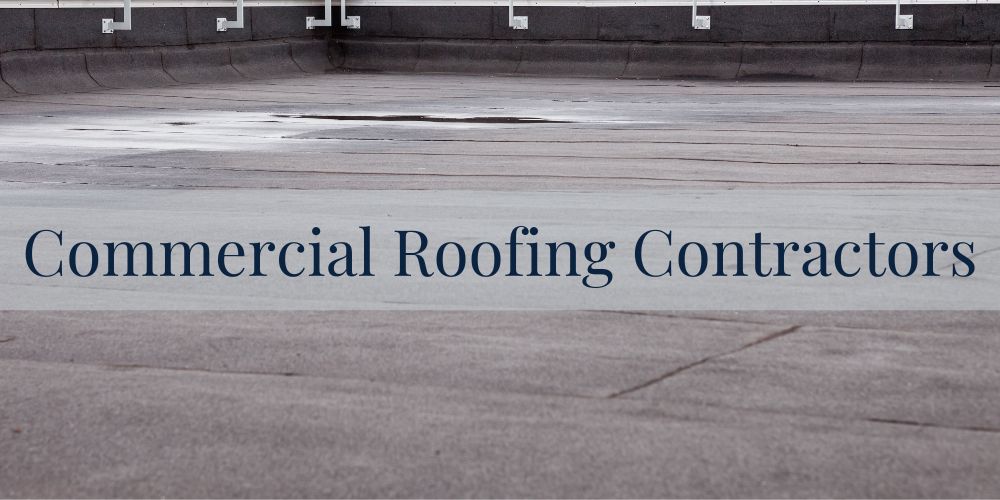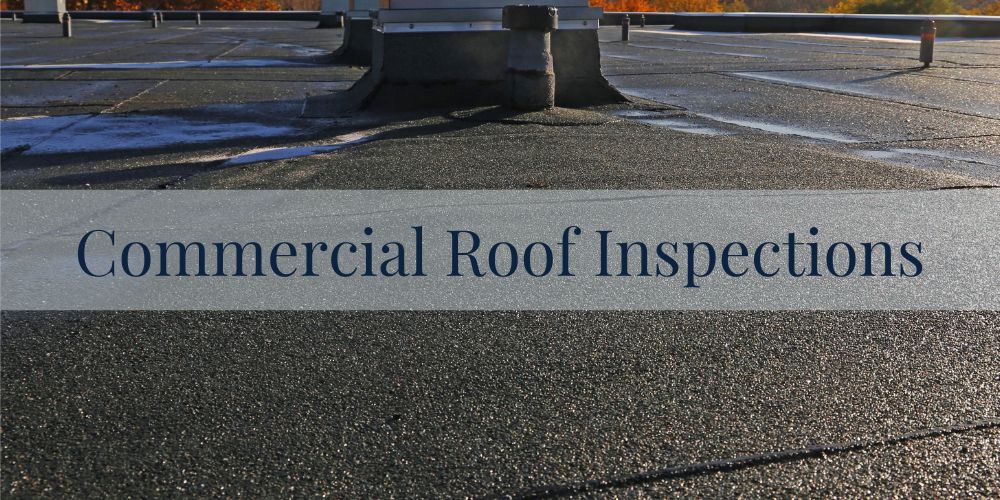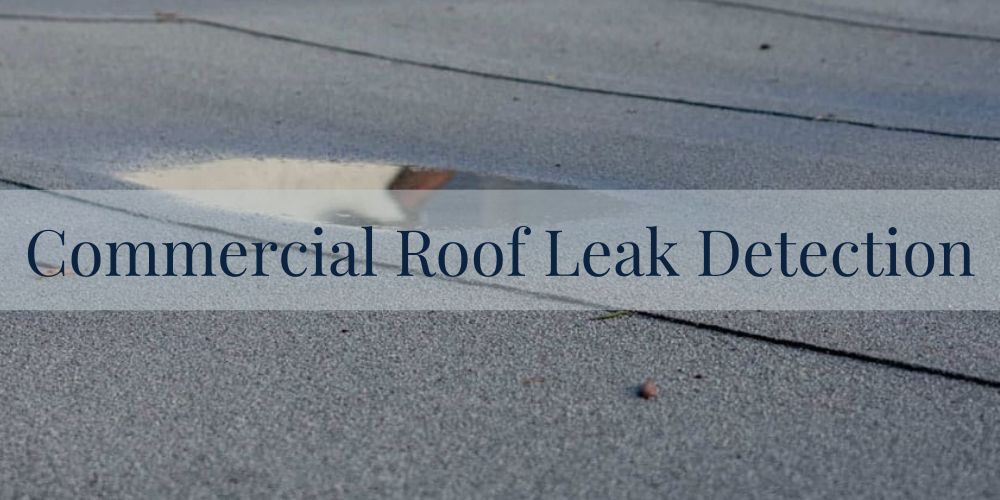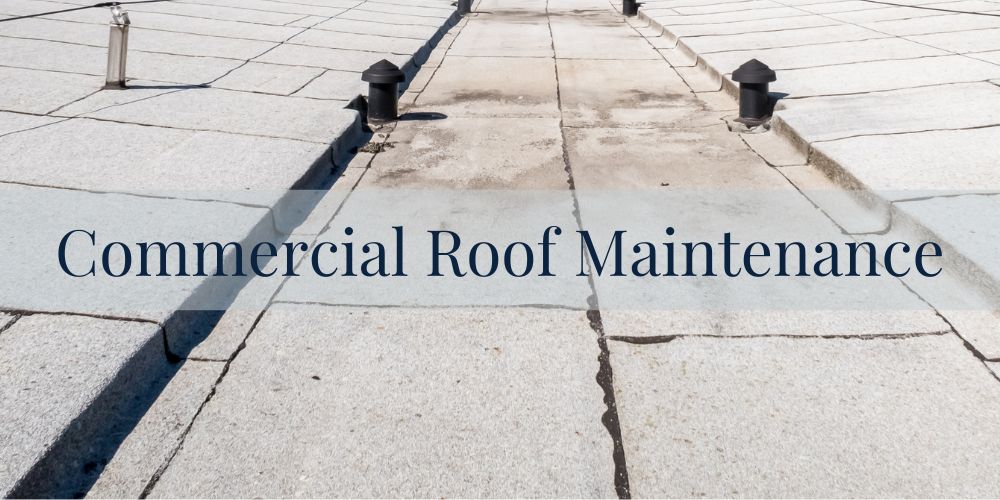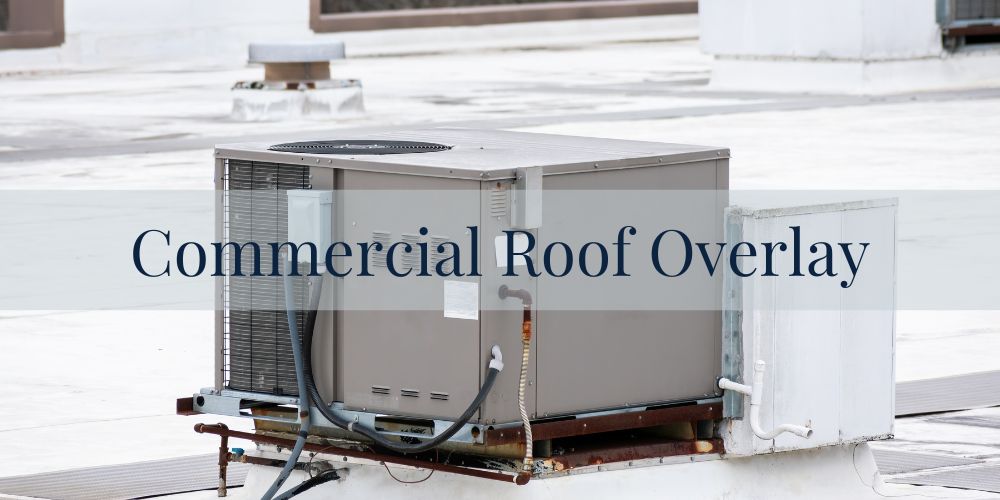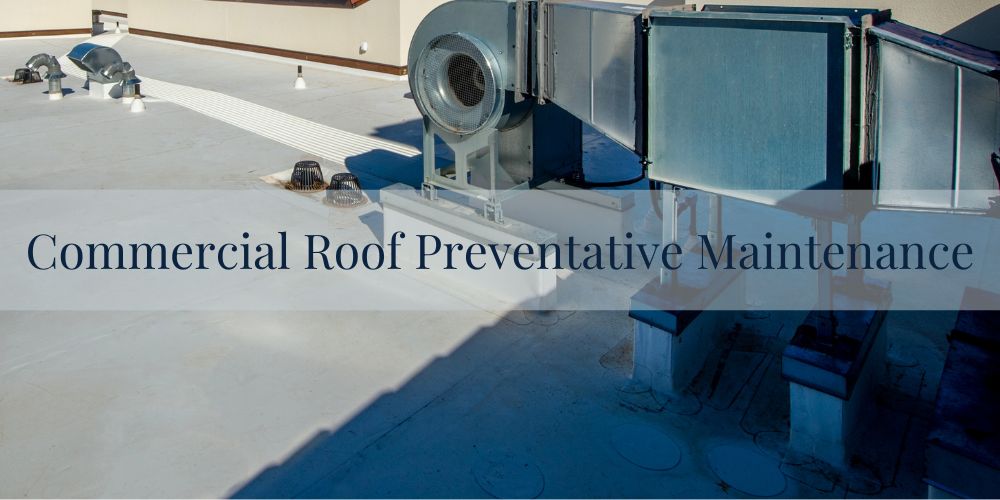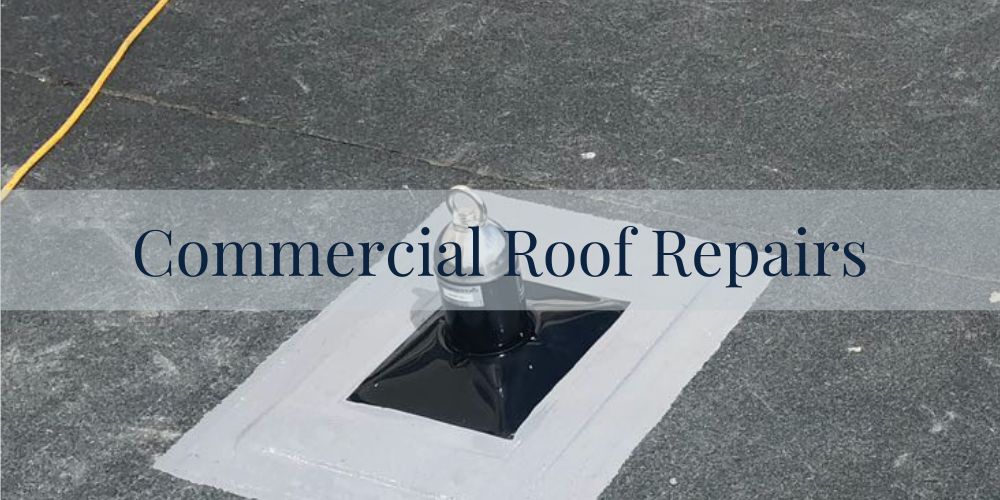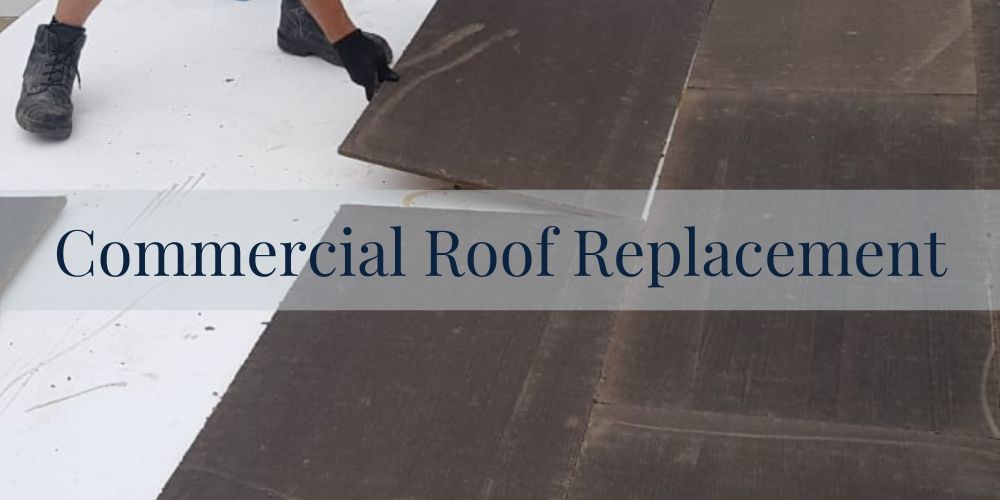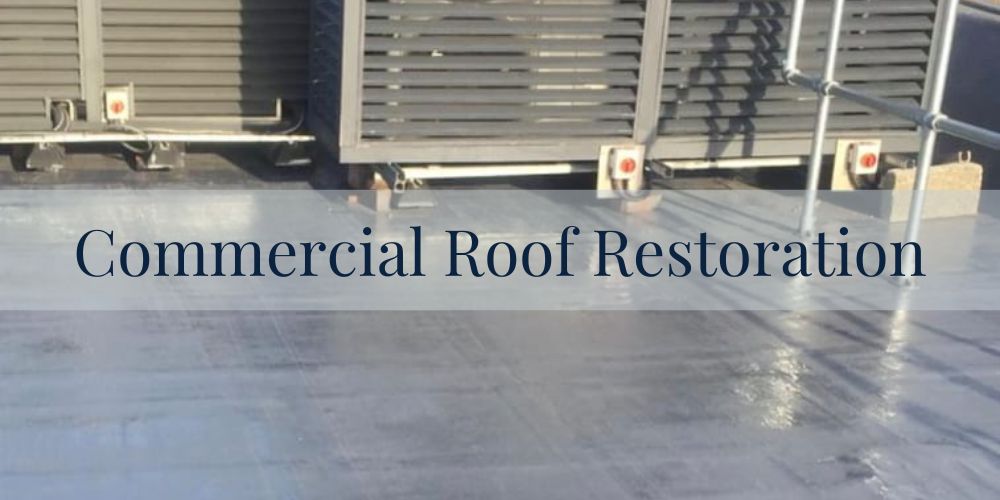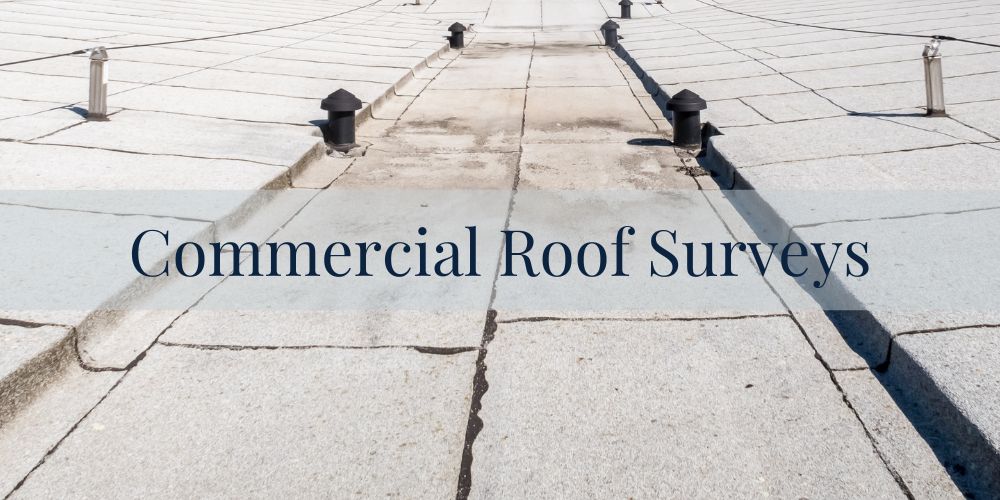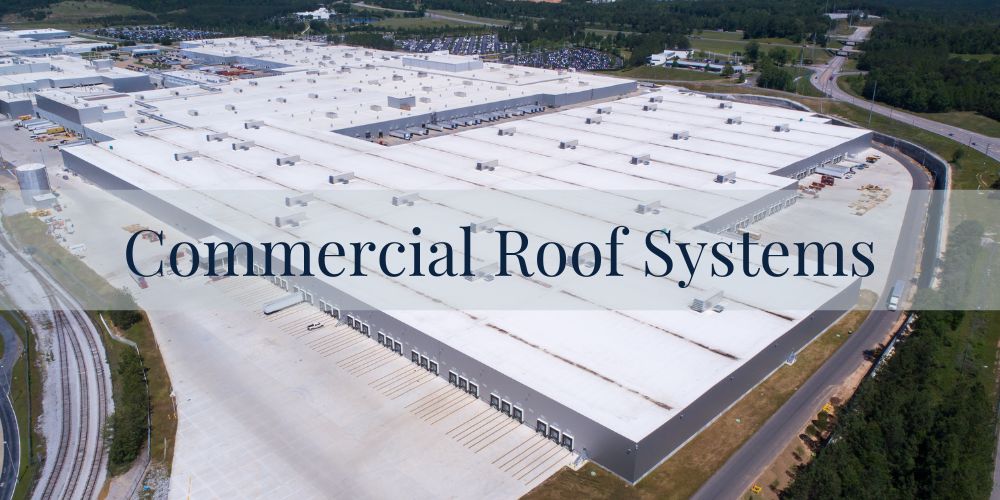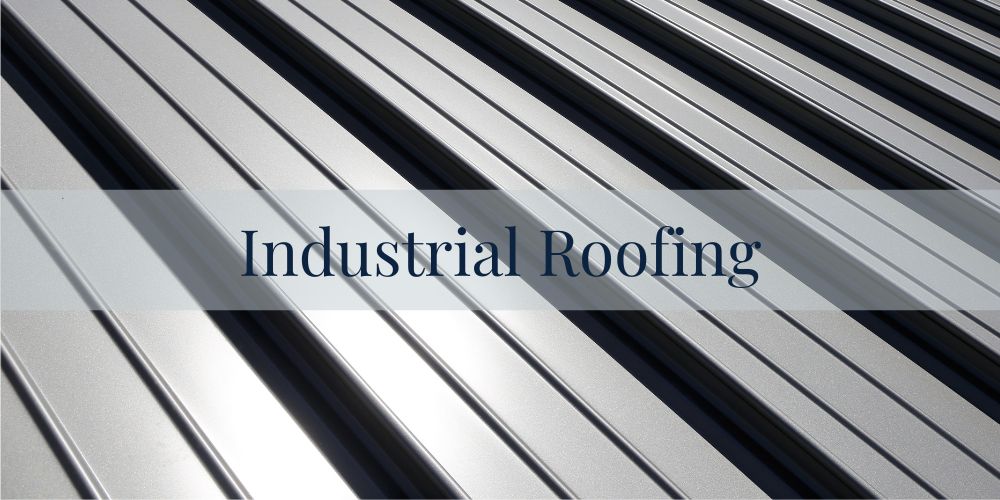Commercial Roofing New York: Commercial Roofing Contractors NY
Commercial Roofing New York are commercial roofing contractors who provide expert roofing services to the New York City area. The services provide by Commercial Roofing New York include; installations, repairs, maintenance, and inspections. All of these roofing services are customized to the demands of the New York City area. Our customized approach to commercial roofing involves the use of premium materials and precise workmanship. We are dedicated to customer satisfaction and safeguarding commercial properties in “The City That Never Sleeps”. From freezing winters to hot summers we will ensure your commercial building stays protected.
Commercial roofing refers to the installation, repair, and maintenance of roofing systems on commercial buildings. Commercial buildings include; offices, warehouses, and retail stores. Commercial roofs are typically designed to cover large surface areas with TPO, EPDM and metal systems often used. Commercial roofing systems must be durable and able to withstand environmental stressors, including extreme weather, to safeguard a business’s structure and assets. Routine roof inspections and proactive maintenance are essential for maximizing the longevity of commercial roofing and preventing costly repairs or even full roof replacement.
Table Of Contents
- What Is Commercial Roofing?
- What Materials Are Commonly Used For Commercial Roofing In New York City?
- What Factors Should Be Prioritized When Selecting Commercial Roofing in New York City?
- How Much Do Commercial Roofing Services Cost In The New York City Area?
- Our Commercial Roofing Services
What Is Commercial Roofing?
Commercial roofing refers to the specialized roofing services applicable to structures used for commercial purposes, such as office buildings, warehouses, retail stores, and industrial facilities. Unlike residential roofing, commercial roofing often involves larger surfaces and more complex designs, which require specialized tools and techniques. Materials commonly used in commercial roofing include single-ply materials like TPO, PVC, and EPDM, as well as metal panels and modified bitumen membranes, chosen for their durability and cost-effectiveness over large areas. Unique attributes include considerations for load-bearing capacity, energy efficiency, weather resistance, and the integration of other systems like HVAC units and solar panels. Another critical aspect of commercial roofing is its compliance with local building codes and regulations, given the safety and operational requirements of commercial establishments. Maintenance, repairs and roof replacement projects are also more complex, involving specialized knowledge to ensure longevity and performance.
In New York, commercial roofing has to account for a few specific challenges. The climate includes hot summers and cold, snowy winters, which demand roofing materials and designs capable of withstanding temperature extremes and significant weather variations. Additionally, New York's urban environment means that noise ordinances, building access, and logistics for transporting materials need careful management. The city's emphasis on environmental sustainability also means that many commercial roofs are being designed with energy-efficient materials or green roofing solutions, contributing to better energy management and reduced urban heat island effects.
Have a question about an upcoming project?
What Materials Are Commonly Used For Commercial Roofing In New York City?
In New York City, the materials commonly used for commercial roofing are; built-up roofing (BUR), modified bitumen, ethylene propylene diene monomer (EPDM) rubber, thermoplastic polyolefin (TPO), polyvinyl chloride (PVC), and metal roofing. These commonly used commercial roofing materials are listed below and explained in further detail.
- Built-up Roofing
- Modified Bitumen Roofing
- EPDM Rubber Roofing
- TPO Roofing
- PVC Roofing
- Metal Roofing
1. Built-up Roofing
Built-up roofing is a traditional roofing technology that consists of alternating layers of reinforcing fabric and bitumen. This type of roofing is commonly used in commercial buildings due to its durability and excellent weather resistance, making it suitable for a variety of climates. BUR is known for providing a highly layered, watertight surface that has proven effective in protecting commercial structures for decades. The roofing system is typically topped with a gravel layer, which adds to its resistance against UV rays and physical impact. Due to its long lifespan and robust protection, BUR remains a popular choice among businesses looking to safeguard their investments against weather-related damages. In New York, where the climate can be severe and unpredictable, BUR offers reliable protection for commercial roofing applications.
2. Modified Bitumen Roofing
Modified bitumen is a type of commercial roofing material that involves the modification of standard bitumen with polymer membranes to enhance performance. This innovation makes it an excellent choice for commercial roofing, offering improved flexibility, resistance to temperature extremes, and a long lifespan. Modified bitumen can be applied using various methods, such as torch-applied, cold-applied, or self-adhered, providing versatility based on the project needs. Its strength lies in its ability to contract and expand without cracking, a valuable feature for commercial and industrial buildings that require long-term resilience. Additionally, it can be used in both new construction and reroofing applications, providing cost-effective solutions for businesses. Commercial properties in New York can benefit from modified bitumen roofing's adaptability to harsh weather conditions, reducing maintenance concerns.
3. EPDM Rubber Roofing
EPDM rubber is a synthetic rubber material commonly used in commercial roofing applications. Known for its elasticity and ability to withstand extreme temperatures, EPDM is widely chosen for flat or low-slope commercial roofs. Its installation process is straightforward, often involving a single layer that can be either fully adhered, mechanically attached, or ballasted. EPDM membranes offer great resistance to environmental stressors such as UV radiation and ozone, contributing to their long-life performance. Additionally, since EPDM can be fully recycled, it aligns with the growing demand for sustainable roofing solutions. In a bustling city like New York, EPDM roofing systems provide an environmentally conscious and cost-effective option that meets the rigorous demands of urban commercial properties.
4. TPO Roofing
TPO is a single-ply roofing membrane known for being energy-efficient and reflective. TPO roofing is ideal for commercial roofs looking to improve their energy usage, as it helps reduce cooling costs by reflecting sunlight. This material is also highly valued for its resistance to ozone, UV radiation, and chemical exposure, making it a durable choice for commercial applications. It is lightweight yet durable, offering easy installation and flexibility for contractors working on large surfaces. TPO membranes are often preferred for their ability to provide strong heat-welded seams that enhance durability. In New York's commercial roofing landscape, TPO is appealing for projects that emphasize energy conservation and cost savings over time.
5. PVC Roofing
PVC roofing is a popular type of single-ply membrane used in commercial buildings for its waterproofing capabilities. PVC is prized in commercial roofing for its exceptional durability, fire resistance, and ability to withstand chemical exposure. It is often employed in environments where leaks are a major concern, such as restaurants and manufacturing plants. The material boasts a high energy efficiency rating due to its reflective properties, which can significantly lower a building's cooling costs. PVC roofing systems are also significantly lighter than traditional roofing materials, reducing structural stress. In a metropolis like New York, where commercial buildings face constant exposure to harsh elements, PVC roofing provides reliable protection and financial advantages.
6. Metal Roofing
Metal roofing refers to an alternative commercial roofing system that uses metal panels to form a weather-tight barrier. Known for its durability and longevity, metal roofing is often utilized in commercial settings where long-term performance is a priority. Metal roofing systems provide excellent fire resistance and can withstand extreme weather conditions such as heavy snow and high winds. Due to its reflective nature, metal roofing can contribute to energy savings, as it reflects solar radiation and helps maintain cooler building interiors. Additionally, metal roofing can be made from a variety of materials, including steel, aluminum, and copper, offering options to match aesthetic and budgetary requirements. In New York, where commercial real estate demands durable and aesthetically pleasing solutions, metal roofing offers a practical option that meets both performance and design standards.
What Factors Should Be Prioritized When Selecting Commercial Roofing in New York City?
When selecting commercial roofing in New York City, it is crucial to prioritize factors such as; climate resilience, local building codes, labor costs, sustainability standards, and aesthetic integration with the urban environment. New York City's diverse climate, which includes heavy snowfall and hot summers, necessitates resilient materials that can withstand extreme temperatures and precipitation. Compliance with New York City's stringent building codes is essential to ensure safety and legal conformity. Due to the high cost of living and skilled labor expenses in New York, budgeting for labor costs should be considered carefully. Furthermore, New York's commitment to sustainability highlights the need for eco-friendly roofing solutions, such as green roofs or energy-efficient materials, that contribute to reduced environmental impact. Finally, the roof's design should complement the surrounding architectural landscape, maintaining the city's iconic skyline while adhering to zoning regulations.
- Climate Resilience
- Local Building Codes
- Labor Costs
- Sustainability Standards
- Aesthetic Integration with the Urban Environment
1. Climate Resilience
Climate resilience refers to the ability of a structure to withstand and recover from extreme weather events and climate-related impacts. In the context of commercial roofing in New York, this means installing roofs that can endure harsh winters, heavy snowfall, and strong winds. As climate change continues to affect weather patterns, New York's commercial buildings require adaptive roofing solutions, such as cool roofs or green roofs that can provide insulation and reduce heat. Incorporating resilient materials, like rubber or thermoplastic polyolefin (TPO), can enhance durability and energy efficiency. Moreover, the state’s incentive programs and rebates for using such materials further promote climate resilience in the commercial building sector.
2. Local Building Codes
Local building codes are regulations and standards established by local governments that dictate the design, construction, and maintenance of buildings. In New York, commercial roofing projects must comply with a detailed set of building codes that ensure structural safety and durability, given the city’s unique urban and environmental challenges. These codes address everything from fire resistance to structural load bearing, reflecting both the dense urban environment and the climate demands of the region. Roofers working on commercial projects in New York must stay updated with the International Building Code (IBC) as well as local codes, like the New York City Building Code, which may have more stringent requirements. Failure to comply can result in fines or legal challenges, emphasizing the importance of understanding these regulations.
3. Labor Costs
Labor costs are the wages and associated expenses required to employ workers for a project. In New York, labor costs for commercial roofing projects are significantly influenced by the state’s higher wages and cost of living compared to other regions. Additionally, New York has prevailing wage laws that further impact labor costs, requiring companies to pay wages similar to those prevailing in the locality for specific jobs. Companies often balance these costs by investing in skilled labor, ensuring high-quality and efficient completion of projects to avoid additional expenses due to errors or rework. The competitive labor market in New York also demands efficient project management to optimize workforce utilization and manage overall expenditures.
4. Sustainability Standards
Sustainability standards involve guidelines and certifications that promote environmentally responsible and resource-efficient building practices. For commercial roofing in New York, adhering to sustainability standards means using materials and practices that reduce energy consumption and environmental impact. Initiatives like NYC's Climate Mobilization Act mandate energy efficiency improvements for large buildings, including energy-saving roofing solutions. Green roofing options, solar panel installations, and reflective materials are increasingly popular choices to meet these standards and benefit from available tax incentives. These efforts not only contribute to New York's sustainability goals but can also lower operational costs for building owners through reduced energy use.
5. Aesthetic Integration with the Urban Environment
Aesthetic integration with the urban environment involves designing buildings, including their roofs, to complement or enhance the surrounding cityscape. In New York, commercial roofing projects must consider how the rooflines and materials used will align with the city's iconic skyline and diverse architectural styles. This might mean incorporating design elements that reflect the historical context of neighborhoods, like using traditional materials in areas like SoHo or Tribeca, while opting for more modern, sleek finishes in areas like Midtown. Rooftop gardens and green spaces are also increasingly utilized to provide aesthetic and functional benefits, contributing to the city's sustainability goals and enhancing the urban experience. This integration can be crucial for gaining community support and securing permits for construction in landmark areas.
How Much Do Commercial Roofing Services Cost In The New York City Area?
Commercial roofing in the New York City area typically costs between $4 and $15 per square foot. The exact cost of commercial roofing can vary depending upon the roof size, specific building requirements and labor costs. Single-ply membranes, like TPO, EPDM and PVC, range from $4 to $11 per square foot, while metal roofing costs $8 to $15 per square foot. Services such as commercial roof inspections generally cost between $250 and $500. Whilst with maintenance and roof repairs depend upon roof size and the type or repair respectively.
| Commercial Roofing Service | Typical Cost |
|---|---|
| TPO (Thermoplastic Polyolefin) | $6 - $10 per sq. ft. |
| EPDM (Ethylene Propylene Diene Monomer) | $4 - $8 per sq. ft. |
| PVC (Polyvinyl Chloride) | $7 - $11 per sq. ft. |
| Commercial Roof Coatings | $1.50 - $6 per sq. ft. |
| Metal Roofing | $8 - $15 per sq. ft. |
| Built-Up Roofing (BUR) | $5 - $9 per sq. ft. |
| Modified Bitumen | $4 - $8 per sq. ft. |
| Commercial Roof Inspection | $250 - $500 per inspection |
| Commercial Roof Maintenance | $0.10 - $0.30 per sq. ft. annually |
| Commercial Roof Repairs | $250 - $3,000 per repair, depending on extent |
Disclaimer: The prices listed in this table are general estimates and can vary based on factors such as roof size, material type, and specific building needs. For precise costs, it is recommended to consult with professional commercial roofing contractors, as they can provide tailored quotes and insights based on the unique requirements of each project. Prices may also vary depending on location, accessibility, and market conditions.

